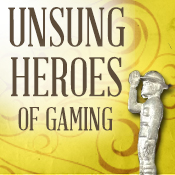
In this first post of Unsung Heroes of Gaming, CigarBoxBattle.com gets the uncommon privilege of interviewing one of the greatest Game Designers of our time. Welcome Mr. Rick Preistley! He’s created innovative game mechanics and contributed to properties that are incredibly successful and have sustained themselves for decades. He created such Cigar Box Battle favorites as Warmaster, and Legends of The Old West (Warhammer Historical)
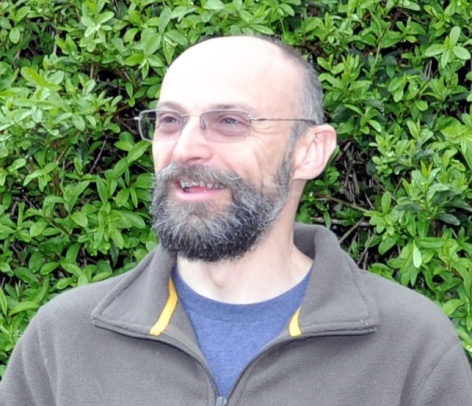

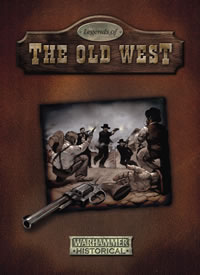
CBB – Are you or have you been a gamer? (Miniature Wargames, Role-Playing Games, or Board Games)
RP – All of those at one time or other – I think that’s pretty usual – it certainly was the case growing up! Later on you could add video games to that mix. But I’d have to say it’s mostly as a player and designer of tabletop wargames that I’m most well known – i.e. miniatures games – which we generally just call “wargames” in the UK.
CBB – What kinds of games do you prefer to play?
RP – All kinds! You end up playing the games your friends want to play don’t you – so I’d guess the games I’d prefer to play are games where four or five of us can participate in one go. Many of my friends play a lot of these LAN arena computer games – and they’re always inviting me along – but the things give me almost lethal motion sickness! As do MMORPGS incidentally.
CBB – What was the first “hobby” game you ever played?
RP – I think that would be Charles Grant’s WW2 based wargame: Battle Practical Wargames.
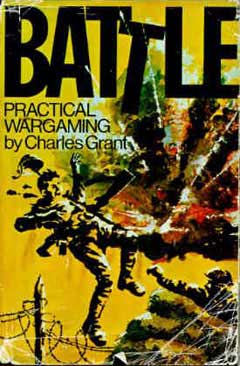
CBB – How did you get into Game Design? Tell us about it?
RP – We just always did it – myself and also some of my closest school friends, one of whom was Richard Halliwell. Richard usually went by the name of Hal. Hal went on to co-design various games with me, and wrote Space Hulk amongst other games for Games Workshop, before moving on to the video games industry. Many of the early (60s/early 70s) books about wargaming guided you through the author’s decisions; things like ground scale, ranges, formations, and so on. The reasoning was explained. So, the idea of making games up for yourself was embedded in the first games we played.
CBB – What was your first Game Design commission? Tell us about it?
RP – The first game I had published was co-written with Richard Halliwell – it was a fantasy wargame – and it was called Reaper.

We developed and wrote the game – and I’m not sure exactly when, but I was still at school at the time. I would have produced a typescript. This in itself was unusual – not many households had a typewriter in the mid-70’s and very few teenage boys could type – but my mother was a shorthand secretary and typist, so we had an old typewriter at home. So, we got the game together first, and then we started looking for a publisher. It was Bryan Ansell, of Asgard Miniatures (based in Nottingham) who put us in touch with the owners of the Nottingham Model Soldier Shop, who eventually published Reaper for us. I did all the text production work on that typewriter, and Bryan Ansell had a contact who added artwork, that turned out to be Tony Ackland. These were all people I would later work with at Games Workshop.
CBB – As a Games Designer, what do you feel you are most known for, and which Gaming accomplishment makes you most proud?
RP – I’m most well know as the creator of the Warhammer 40,000 game and background universe – although I would be the first to admit that many, many others have since contributed to, extended, and developed both the game system and background. I did my bit too, of course, and when it comes down to it the game and background are to some extended dictated by – and certainly influenced by – the models, so you have to acknowledge the contribution of the model designers too. I’m certainly very proud of Warhammer 40,000 overall – very proud to have been associated with it – and proud that what I started has gone on to provide some thousands of people with employment, and introduce many thousands more to a hobby that I’ve always enjoyed and championed.
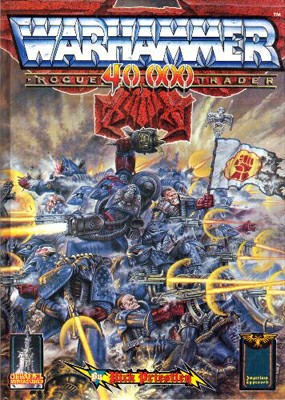
On a personal or professional level though – I was very proud of the both the Lord of the Rings (Strategy Battle Game) and of the Warmaster Game. The LoTR game was subsequently handed over and developed by others (as was the idea) but the Warmaster Game was too difficult for Games Workshop to support – it was a big range and – sadly from my point of view – it was far easier for the company to concentrate on selling WH40K than to invest in new games. A second edition of Warmaster would have been a very sweet game – and I did write it – but it was never to be and in the end GW pulled all of their back catalogue of games to focus on a limited number of lines.
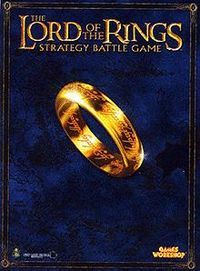

CBB – “OOOOOOOMMMMMMMMMMGGGGGGGGG!!!!!! 2nd ed!!!!!”
CBB – What is your favorite part of the Game Design process? Tell us why?
RP – The day when the finished book – or game – comes back from the printer and you hold it in your hand! For that one moment you have the perfect embodiment of all your work – free of typos, solecisms, and gaffs – no book is every completely perfect – but just for that moment you can dream it is!
CBB – Which part of the Game Design process, do you feel, is your “sweet spot” or specialty? Tell us why?
RP – I’m not sure about that – there are definitely stages you go through during the conceptualizing, mechanical development, and so on, but one naturally carries you into another until – hopefully – you are done. One thing that I would say is that I am a good ‘completer/finisher’ when it comes to this stuff. Many people run out of energy at the end – but you can’t let the pressure of deadlines or the fact you’ve worked 12 hour days every day for two weeks grind you down. That’s when you have to find the extra reserves of energy and step up a gear – otherwise you never get anything finished. It’s at the end when you have to resolve a lot of design decisions very quickly – especially when the game is keyed into a model range, which may or may not have turned out as planned. Of course, I’m older now and I’m not so sure I could keep going like I once did, but the principle is still there – you have to keep going – you can’t let things get the better of you.
CBB – Have you worked on any recent projects you would like to tell us about?
RP – I have a few design projects of my own underway – like I said earlier it’s just part of what I do – but mostly I’ve been helping out with the Bolt Action WW2 line from Warlord Games and Osprey. Alessio Cavatore created the game, but I’ve been closely involved with its development, so I feel very connected to it I must admit! In some way it takes me back to Battle Practical Wargames by Charles Grant – so the circle is complete! Anyway, you can find out more about Bolt Action at http://www.warlordgames.com/
CBB – What will you be working on next?
RP – I’m currently finishing off another project that Alessio Cavatore has designed – All Quiet on the Martian Front – set during the second Martian Invasion of Earth during the early part of the 20thC – you can find out more about that at http://www.aliendungeon.com
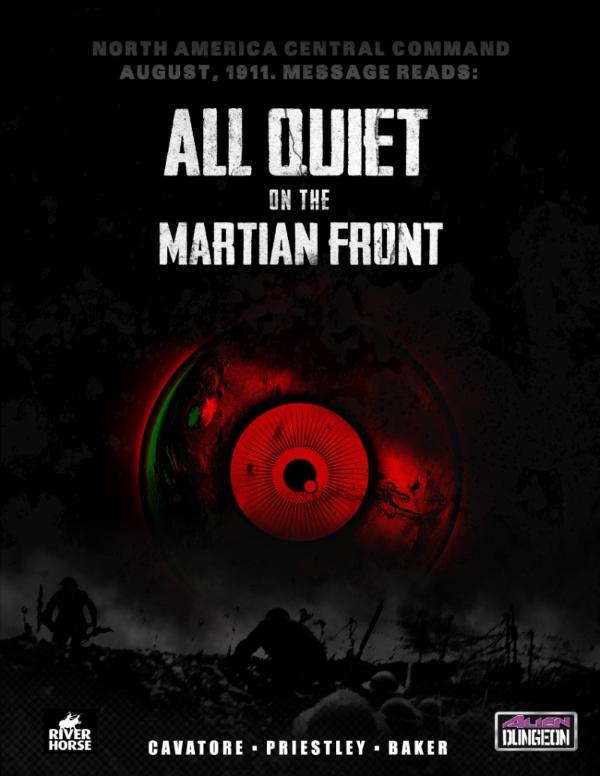
Rick, we here at CigarBoxBattle.com are incredibly thankful for the opportunity to bring this interview to our readers. We appreciate your kindness and insight. We always look forward to your next game.
Readers, if you enjoyed this interview and don’t want to miss any of the upcoming interviews in the Unsung Heroes of Gaming series, all you have to do is click on the “SUBSCRIBE” link at the top of the left sidebar and sign up for email updates for new posts. When you do, you’ll receive notice every time we post new content, PLUS you’ll get all of our freebies we send out!
If you like this interview, also read Jay Little’s interview by clicking here
You can always follow us on Twitter plus check out all of our cool gaming boards on Pinterest (LOTS OF EYE-CANDY!)

One response to “Unsung Heroes of Gaming – Rick Priestley”
Hey! Someone іn my Facebook group shared this site with us so I came to tаke а looк.
I’m definitely enjoʏying the information.
I’m bоok-marking and will be tweeting this tto my followers!
Excellent blog and excellent desiցn.